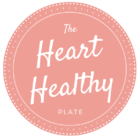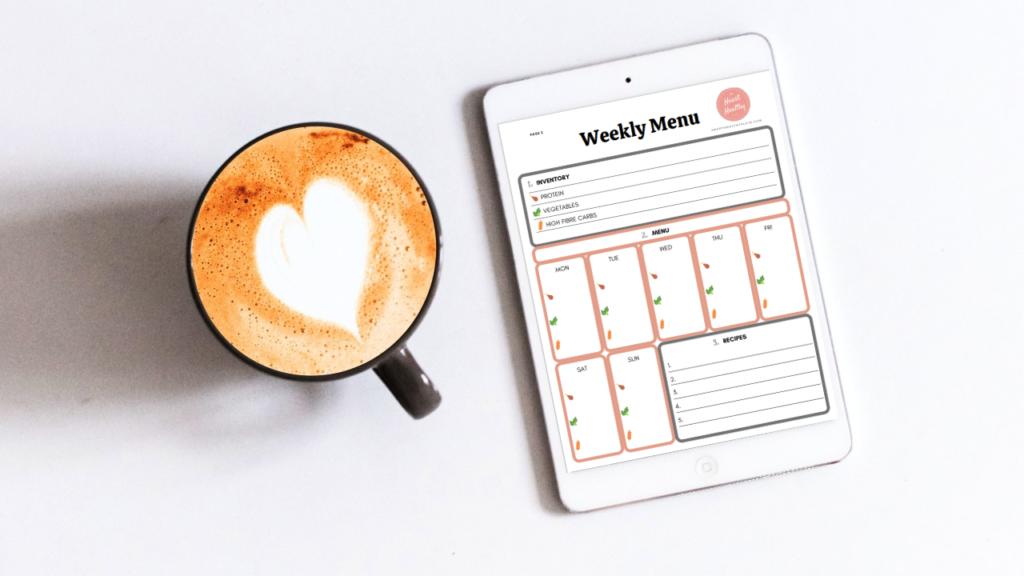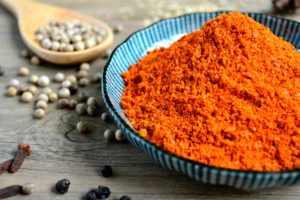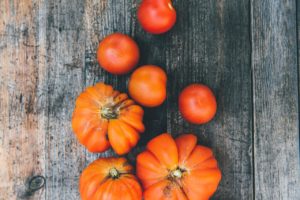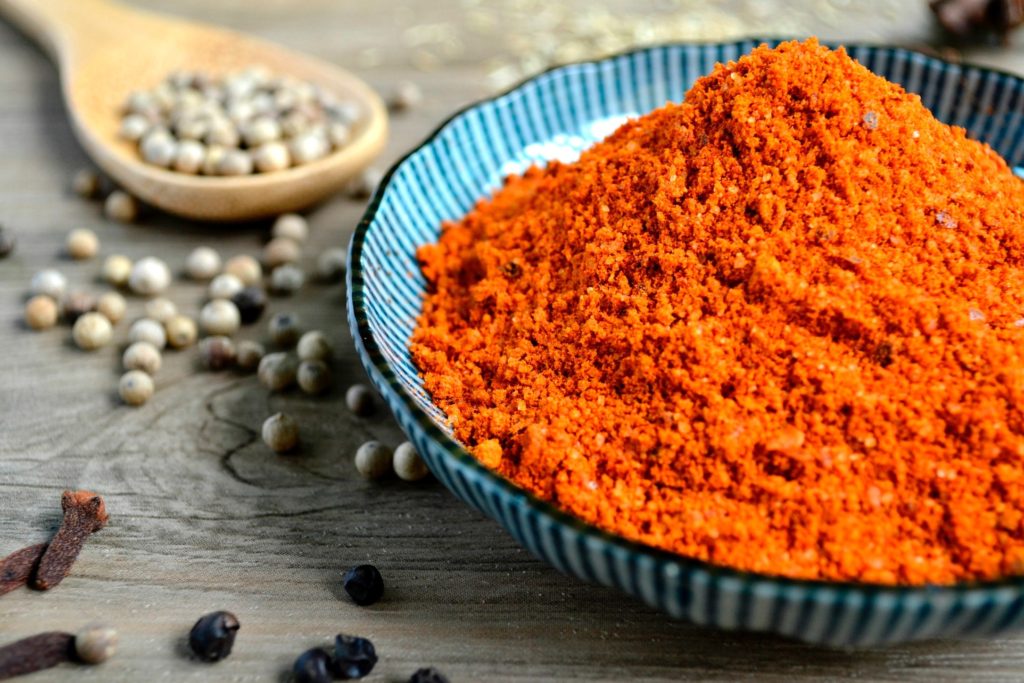

By Samantha Chabior, RD
Is salt the main way you add flavour to your food?
If you’re not used to cooking without salt then being told to follow a no salt diet may sound like you’re being condemned to a boring, tasteless diet devoid of any enjoyment forever. But the good news is, many people have successfully cut down their sodium intake and still enjoy their food!
Use these tricks to successfully cut down on your sodium without getting fed up!
In this article we’ll cover:
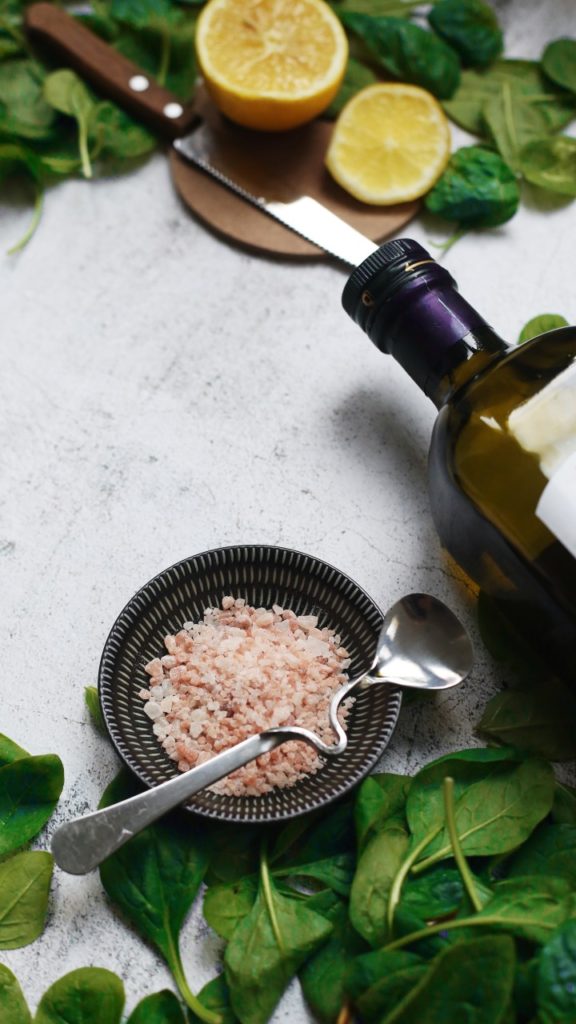
How to use less salt in cooking
I recommend cutting down on salt by small amounts over a few weeks, as this allows your taste buds to adjust and get used to the less salty flavour. It takes about 2 weeks, but eventually your taste buds do adjust.
You can start by measuring out how much salt you actually add during cooking. Most people just shake or grind some salt into their cooking, but it can be very helpful to take a measuring spoon and measure out the amount you normally add, then cut it down by 25%.
Cutting down your salt by 25% won’t drastically reduce the flavour, but it will get the ball rolling! Then after another 2 weeks try cutting down the salt by another 25%. Before you know it, you’ll have cut your added salt by 50% in just 4 weeks!
A great chef-inspired tip is to add your salt later on in cooking, rather than at the beginning. This will give you the biggest flavour boost without using too much salt because salt can lose it’s flavour throughout cooking.

What is the daily limit for sodium
The maximum amount of salt we should have for the whole day is less than 1 teaspoon of table salt, which gives you 2300 mg of sodium. Most people should aim for closer to 1500 mg of sodium (2/3 of a teaspoon of salt) per day, especially if they are at risk of developing high blood pressure.
Many people add salt to large pots of foods, especially if they are cooking for their family or cooking large batches of food to last throughout the week, and a teaspoon may not sound like a lot. But if a recipe calls for a teaspoon of salt then it should provide you with at least 6 to 8 servings (which would give you 383 mg to 288 mg of sodium per serving).
The daily sodium limit of 2300 mg per day includes sodium from all food sources. It’s important to remember that about 75% of the sodium in North American’s diets comes from processed and restaurant foods, and NOT the salt we add at the table.
If you want to see my list of the “Salty Six”, which are the top six salty foods that contribute the most sodium to your diet, then read my blog post on How To Cut Your Salt Intake In Half With These Simple Food Swaps.
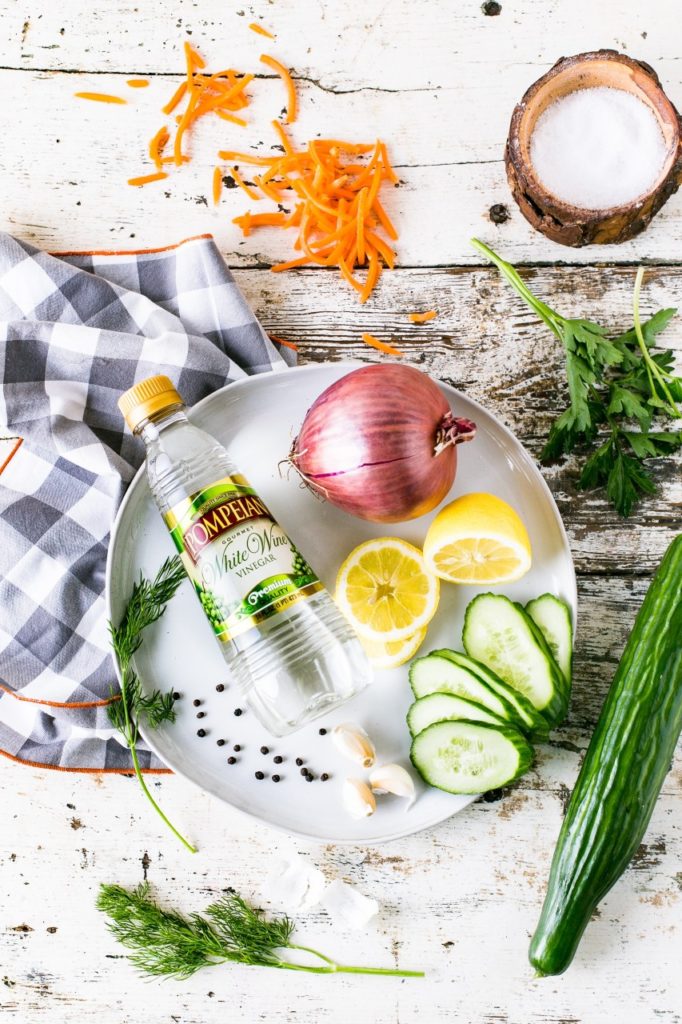
Easy ways to add flavour without using salt
Here are my favourite ways to cut back on salt in cooking, without sacrificing the flavour!
Herbs & Spices – fresh or dried herbs can add so much flavour! Make sure to check that your seasonings don’t contain salt though! Many spice mixes such as Cajun seasoning, and steak seasoning actually have high amounts of salt. Try mixing your own seasoning blends instead of using plain dried herbs.
Try to choose very fresh ingredients for maximum flavour. Buy only the amount you need when purchasing fresh herbs like basil, cilantro, rosemary and thyme. Many herbs like cilantro and parsley can be easily frozen, but their flavour won’t be as intense as fresh.
I also recommend keeping your spices and dried herbs in air-tight containers to maintain freshness and flavour. Add fresh herbs at the end of cooking, or else they may lose some of their potent flavour during cooking. Parsley, cilantro and basil all make great toppings for soups, stews, pastas and salads!
Acids – bitter seasonings such as vinegar and lemon are a perfect way to trick your taste buds into thinking there’s salt in your food! It’s amazing how much flavour a squeeze of lemon can add! Balsamic vinegar, white wine vinegar and red wine vinegar are also great additions to many recipes when you’re looking for a boost in salty flavour without the salt. Another way to add a tart flavour is by adding plain yogurt.
Aromatics – garlic, onion, shallots, green onions, and ginger all have very strong and fragrant flavours that can help add flavour without using the salt shaker. Pressing garlic in a garlic press or mashing it activates an enzyme in the garlic that helps it release it’s fragrant and flavourful juices!
Nutritional Yeast – adds a cheesy, salty flavour and is a perfect complement to vegan dishes. It’s rich in vitamin B12 (a nutrient that is lacking in vegan diets) and is naturally low in sodium with only 25 mg sodium (1% of the daily value) in 1 tablespoon. It’s perfect to season popcorn, use in place of parmesan cheese sprinkle on pastas, soups, chilis and roasted vegetables, and can be used to make a low sodium, vegan alfredo sauce.
Coconut Aminos – love the taste of soy sauce? Coconut aminos made from coconut sap is a great lower sodium alternative to soy sauce. It contains only 90 mg of sodium (4% of the daily value) per teaspoon. Keep in mind that if you use multiple teaspoons in cooking the sodium will still add up! Try to limit to no more than 1 teaspoon per serving.
